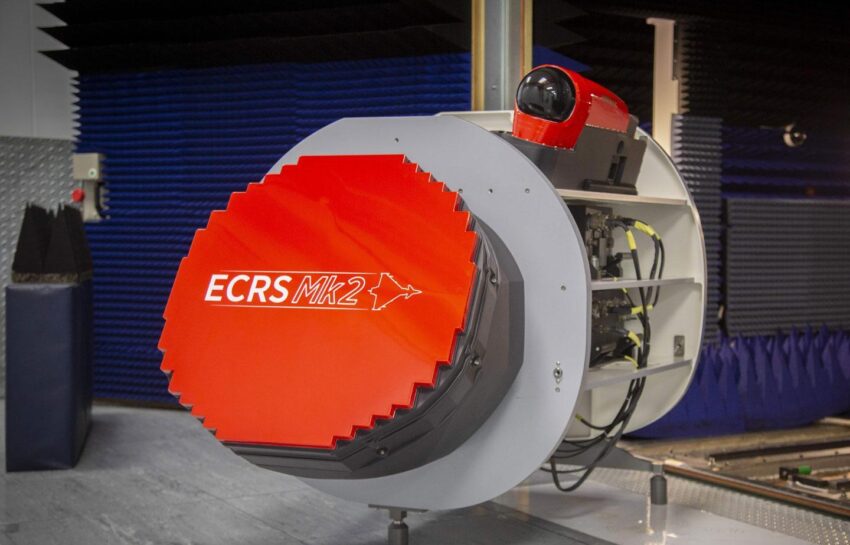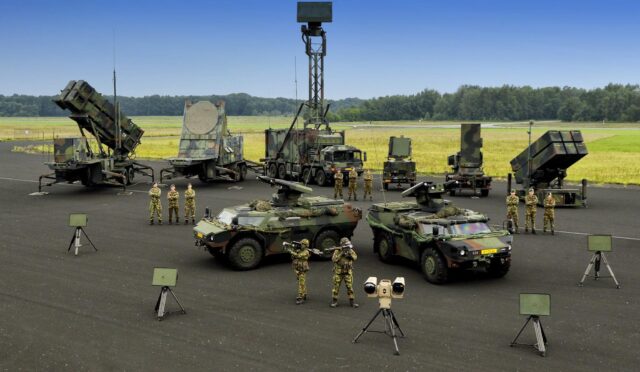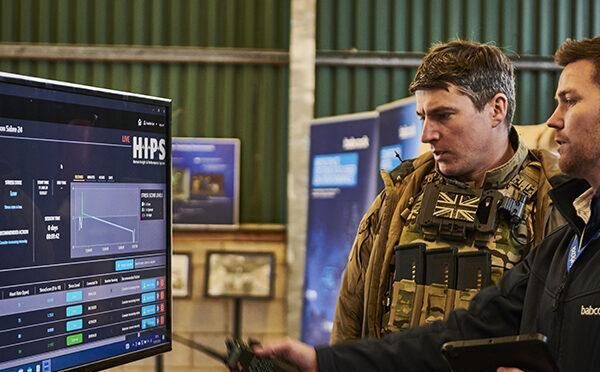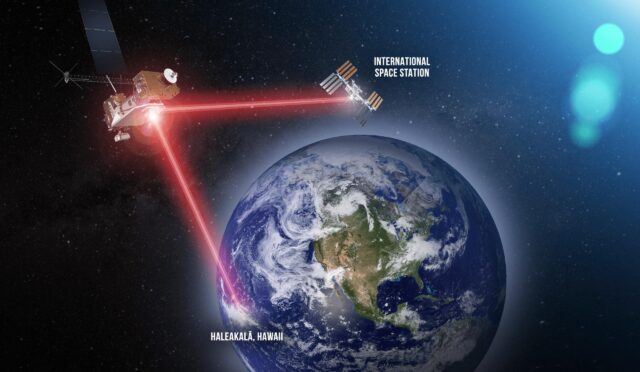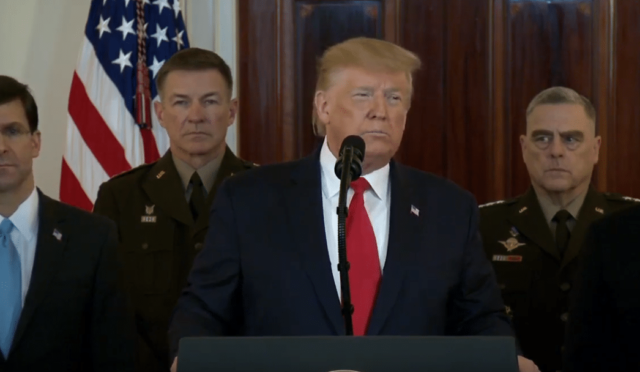ECRS Mk2 Radar Contract Approved
The UK government has officially approved a substantial investment of £204.6 million ($277.5 million) for a cutting-edge radar system intended for the Royal Air Force’s Eurofighter Typhoon fighter jet. This funding comes on the heels of successful flight trials that took place earlier this year, marking a significant milestone in the project’s development.
The ECRS Mk2 radar will be produced by Leonardo in their facilities located in Edinburgh and Luton, while BAE Systems will take charge of the radar’s integration into the Typhoon in Lancashire. Production is slated to continue until 2028, ensuring a steady progress toward enhancing the aircraft’s combat capabilities.
Job Creation and Economic Impact
This ambitious project is projected to sustain around 1,300 skilled jobs across the UK over the next decade, making a noteworthy contribution to the local economy. By investing in advanced technologies, the UK not only bolsters its defense capabilities but also supports job creation in highly specialized sectors.
Lyndon Hoyle, the Head of the Typhoon Delivery Team, emphasized the significance of this investment, stating, “The UK’s commitment to these long-lead packages for series production reflects the increasing confidence in the progress being made by UK Industry in developing this state-of-the-art radar.” His comments underscore the UK’s determination to maintain a competitive edge in aerospace technology.
Technological Advancements in Radar Capabilities
The new ECRS Mk2 radar is set to replace the older Captor E-Scan radar, also known as ECRS Mk1. Designed as an active electronically scanned array radar, the Mk2 version is equipped to provide the Eurofighter with enhanced electronic warfare and electronic attack capabilities, which are critical in contemporary aerial combat scenarios.
Leonardo has highlighted that the radar’s multifunctional array is integral to its approach, offering aircraft reprogrammable electronic warfare capabilities. This technology enables pilots to detect and disrupt enemy radar systems, significantly increasing the chances for non-stealth aircraft to operate in contested airspace without detection.
Enhanced Detection and Stealth Operations
One of the standout features of the ECRS Mk2 radar is its extended range and improved passive detection capabilities. These attributes allow the Typhoon to locate rival radar systems before being targeted, thus enabling it to remain a step ahead of enemy air defenses.
Mark Hamilton, Managing Director Electronics UK at Leonardo, stressed the importance of electronic warfare in modern conflicts. He noted that the UK’s combat air industry is pioneering the development of a radar featuring embedded wideband Suppression of Enemy Air Defence (SEAD) electronic warfare capabilities. This advancement positions the UK at the forefront of international radar development.
Future Operational Capabilities
With the initial production radars expected to be operational by 2028, the race is now on to integrate them swiftly into the Eurofighter program. The pressing timeline reflects the urgency to equip the warfighter with state-of-the-art capabilities that can dominate the airspace.
Hoyle remarked on the collaborative effort required to achieve this goal, asserting the critical nature of rapid integration within the four-nation Eurofighter consortium. This teamwork is vital for delivering enhanced combat capabilities to frontline forces, ensuring the Typhoon remains a formidable player in air operations.
